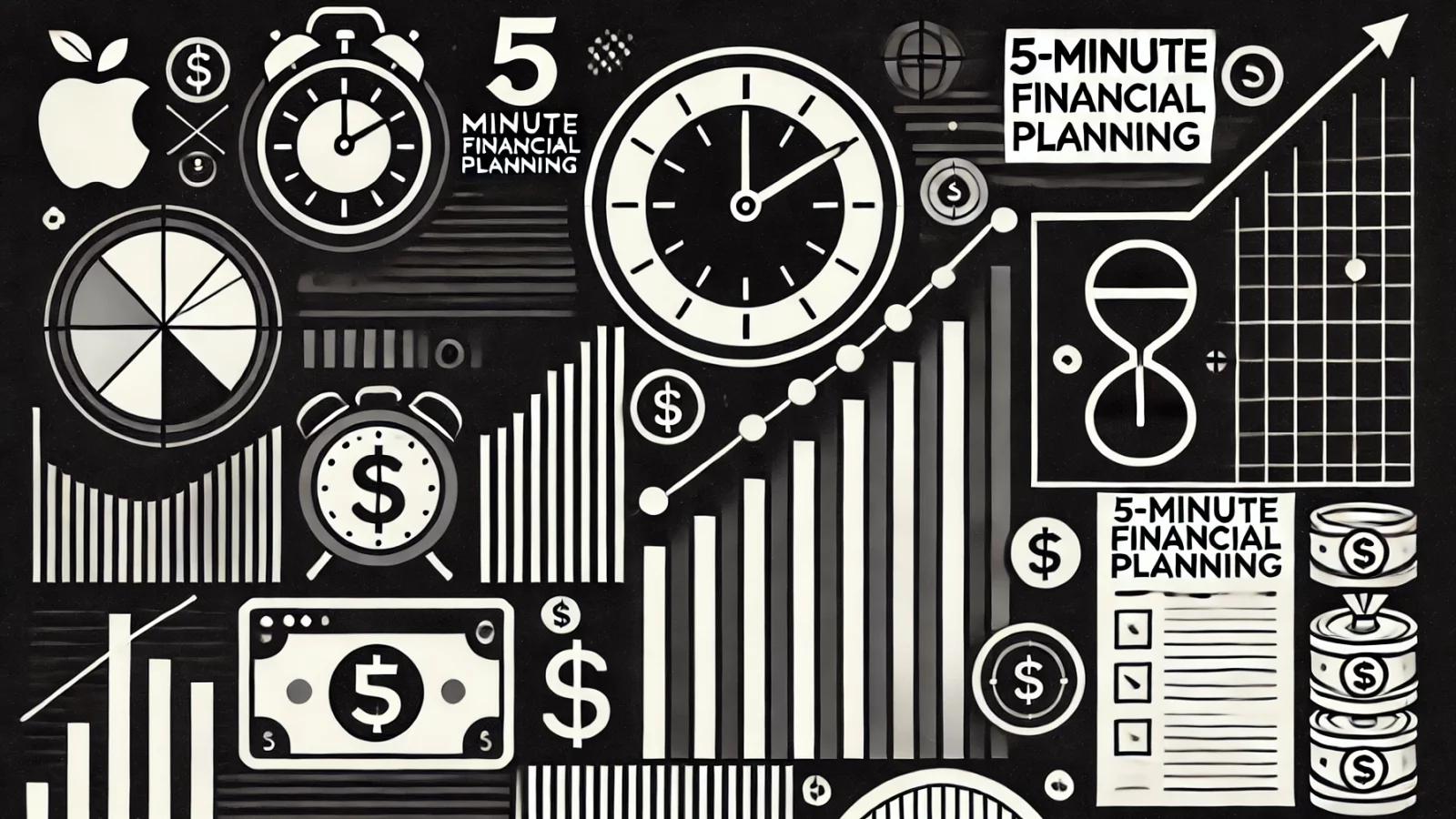Managing your finances doesn’t have to be complicated. While it takes time to put strategies into action, forming consistent financial habits is key. This guide provides a structured approach to financial planning that helps you understand your needs, set goals, and create a sustainable plan for your future.
Start with the Basics
Before setting big financial goals, it's crucial to get a clear picture of your essential expenses. These fundamental "life stuff" costs include:
- Food, clean water, clothing, and shelter
- Transportation, fuel, and insurance
- Healthcare
- Utilities
- Liability payments
- Extras (Netflix, Disney? Not likely!)
Many of us barely take the time to get a handle on this number, and we’re already daydreaming about lifestyle upgrades. Knowing your basic expenses gives you a solid starting point for planning.
Define Your Desired Lifestyle
These are the things you want or envision for your life—your chance to dream big without limitations. Brainstorm and write everything down in a guilt-free environment where failure is okay. You are not spending any money doing this exercise, so think as big as you want.
Ask yourself:
- What will truly bring long-term happiness?
- What is enough for you and your family? (Non-negotiables)
- What will each item cost?
- When do you want to acquire it? (30, 60, 90+ days, years?)
- Is it realistic based on your skills and earning power?
- What will it cost to maintain?
Most people never write down their dreams, let alone calculate the costs associated with acquiring and maintaining them. Doing so helps bring clarity and allows you to prioritize.
You can even create vision boards with pictures of your dream items, whether it's a house, car, or vacation. Having a list with costs and priorities provides goals to work towards.
Create Financial Margin
Once you've added up your basics and lifestyle goals, it’s time to give yourself extra—and then some. It's always going to cost more than you expect. Emergencies happen. Taxes take their share. Planning for contingencies ensures financial stability.
Plan for Taxes
Are you paying more than necessary? Are you utilizing strategies to limit your liabilities? Unless your tax liability is zero, consider increasing your income goals to account for taxes. This proactive approach helps prevent surprises.
Future Planning: Capital at Work
How much capital will you need in the future to produce your desired income?
Consider:
- Retirement goals and timelines
- Inflation and its impact on savings
- Required capital adjusted for inflation
Calculate how much you need to save, invest, and grow annually to reach your goals.
Business Considerations
If freelancing or entrepreneurship is your goal, determine what it takes to run a profitable venture:
- Product/service pricing
- Profit margins
- Number of customers needed
- Customer acquisition costs (CAC)
- EBITDA (Earnings Before Interest, Taxes, Depreciation, and Amortization)
You may need to generate 5x, 10x, or 20x your personal income goals to ensure profitability, allowing you to work on the business, not just in it.
Alignment with Personal Values
Who are you, and what are you willing to do? Income sources vary—whether it's a job, career, entrepreneurship, or investing. Choose what aligns with your values and priorities.
Optimize and Adjust
Revisit and fine-tune your plan as needed. Optimization doesn't mean being cheap; it means aligning your financial plan with your current reality.
Throughout this process, you're defining a number that makes sense for you. Instead of letting market salaries dictate your financial life, establish an income target that aligns with your goals.
Question Everything
It's important to reflect on whether your financial goals are truly your own or influenced by societal expectations. Ask yourself:
- Are your goals based on what you see on social media or in advertisements?
- Are you chasing luxury and status because of external influences?
Structures and narratives shape identities. Always question what you pursue, and ensure your goals align with what truly matters to you.
Conclusion
With this simple planning strategy, you can take control of your future and work towards goals that align with your values and lifestyle. Success isn’t guaranteed, but by following this process, you can identify meaningful financial goals and break free from societal expectations.
Share, subscribe, or follow for more insights and resources to help you along the way.









One Response